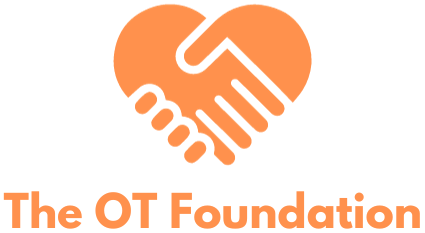In our ever-evolving world, technology continues to reshape the way we address societal challenges. One area where technological advancements are making a profound impact is in the realm of poverty alleviation. Artificial Intelligence (AI), with its ability to process vast amounts of data and derive actionable insights, is emerging as a powerful tool in the fight against poverty. This blog post explores how AI is being harnessed to bring about positive change and address the complexities of poverty.
- Data-Driven Decision Making: AI excels at analyzing large datasets and identifying patterns that may not be immediately apparent to human observers. This capability is invaluable for organizations working on poverty alleviation, as it allows them to make data-driven decisions. By understanding the root causes and identifying areas of intervention, AI empowers organizations to develop targeted and effective poverty reduction strategies.
- Financial Inclusion: One significant aspect of poverty alleviation is improving financial inclusion. AI-driven algorithms are transforming the way financial institutions assess creditworthiness. Machine learning models analyze alternative data sources to evaluate the credit risk of individuals who may have limited or no traditional credit history. This opens up opportunities for marginalized communities to access financial services, fostering economic empowerment.
- Education Accessibility: Education is a key factor in breaking the cycle of poverty. AI technologies are being used to enhance educational resources and accessibility. Intelligent tutoring systems adapt to the learning needs of individual students, providing personalized learning experiences. Additionally, AI-powered language translation tools contribute to overcoming language barriers, ensuring that educational content is accessible to diverse populations.
- Job Matching and Skill Development: AI-driven platforms are transforming the job market by matching individuals with employment opportunities that align with their skills and interests. Predictive analytics help identify emerging industries and skill demands, guiding efforts to upskill or reskill the workforce. This proactive approach enhances employability and economic stability for individuals in poverty.
- Precision Agriculture for Sustainable Livelihoods: Agriculture remains a primary source of livelihood for many in poverty-stricken regions. AI applications in precision agriculture optimize resource utilization, crop management, and yield prediction. By providing farmers with actionable insights, AI contributes to increased agricultural productivity, income generation, and food security.
- Healthcare Interventions: AI is instrumental in improving healthcare outcomes in underserved communities. Predictive analytics can identify potential disease outbreaks, enabling timely intervention. Machine learning algorithms analyze health data to provide insights into prevalent health issues, facilitating targeted healthcare programs and resource allocation.
Conclusion:
As we navigate the complexities of poverty alleviation, AI emerges as a powerful ally, offering innovative solutions and transformative potential. By leveraging the capabilities of artificial intelligence, we can work towards a more inclusive, sustainable, and equitable world, where the cycle of poverty is progressively disrupted. The journey towards a poverty-free world is ongoing, and AI is proving to be a key driver in shaping a brighter future for communities worldwide.

